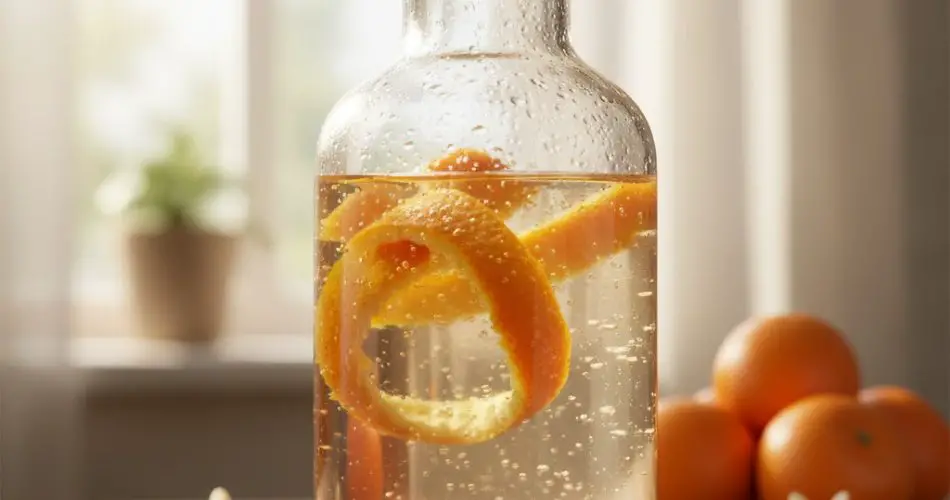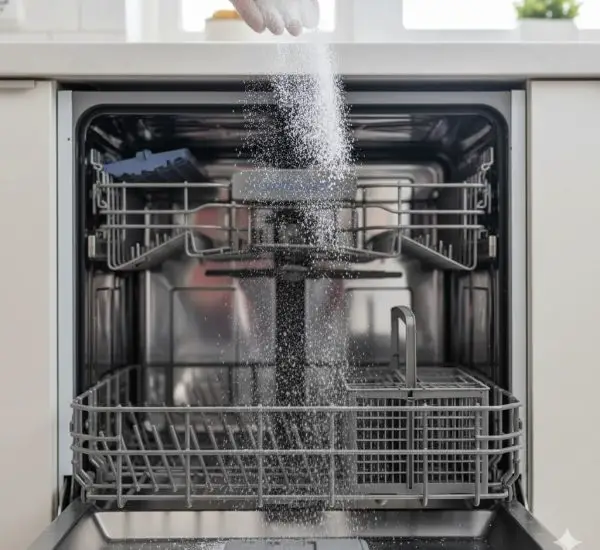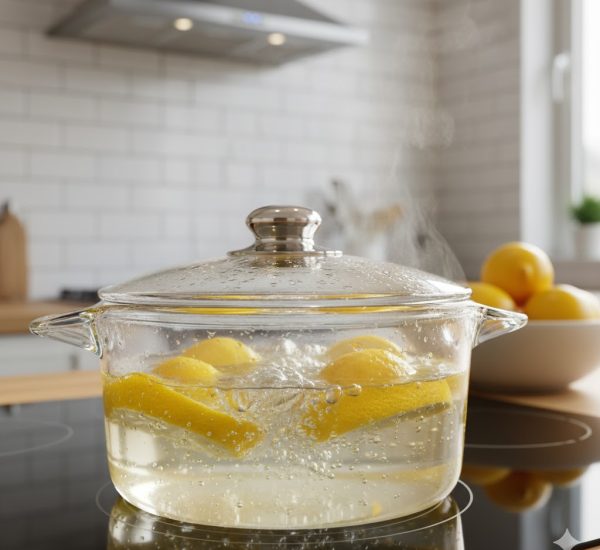Did you know that something as simple as orange peels can help you save money while keeping your home sparkling clean? By combining orange peels with water in a plastic bottle, you can create a versatile, eco-friendly, and cost-effective cleaner that works on a variety of surfaces. This method not only reduces waste but also harnesses the natural properties of oranges, turning them into a sustainable solution for household chores.
The Nutritional and Health Benefits of Oranges
Oranges are widely appreciated for their refreshing taste and nutritional value, particularly during the winter months when they are in peak season from December to February. Beyond being delicious, oranges are rich in vitamin C, which supports the immune system, protects cells from oxidative stress, and aids in the absorption of iron. They also contain antioxidants that help reduce inflammation, calm stress, and promote overall mental well-being.
In addition to vitamin C, oranges provide essential minerals such as magnesium and potassium. Magnesium is crucial for maintaining proper cardiac muscle function, while potassium helps regulate blood circulation and maintain cardiovascular health. Oranges are also known to stimulate brain activity, support digestion, and promote detoxification of the body. With such a wide array of benefits, it’s no surprise that oranges have multiple applications, from food to beauty and even household cleaning.
Orange Peels as a Natural Cleaning Agent
While oranges themselves are nutritious, their peels contain concentrated amounts of citric acid, which makes them highly effective for cleaning purposes. Citric acid is known for its ability to break down grease, remove mineral deposits, and fight bacteria and mold, making orange peels a natural alternative to chemical cleaners. By creating a simple solution using orange peels, water, and baking soda, you can produce a homemade cleaner suitable for kitchen surfaces, dishes, and even small household appliances.
Preparing Orange Peels for Cleaning
The first step is to peel your oranges. Peeling can sometimes be tricky, but there are several techniques to make the process easier. One method is to slice the top and bottom of the orange, then use a knife to carefully cut along the sides to remove the peel in one long strip. Another approach is to use a spoon to separate the peel from the fruit, creating a vertical incision so that the peel comes off in a single piece.
Once peeled, wash the orange peels thoroughly with water and a bit of salt. This removes any residues, pesticides, or impurities that may be present on the surface. After washing, cut the peels into strips or smaller pieces depending on the size of your bottle.
Creating Your Homemade Orange Peel Cleaner
Take a clean plastic bottle and fill it about halfway with the prepared orange peels. Add a teaspoon of baking soda and pour in water, leaving some space at the top of the bottle. This extra space is essential because the mixture will ferment slightly over a few days, producing gases that need room to expand.
Store the bottle in a dry place away from direct sunlight and allow it to sit for about three days. During this period, open the bottle daily to release any built-up gas. Over time, the combination of citric acid from the orange peels and the alkaline nature of baking soda creates a gentle yet effective cleaning solution that can be used on a variety of surfaces.
Using the Orange Peel Cleaner
Once the fermentation process is complete, your orange peel solution is ready to use. It can be applied directly to kitchen counters, sinks, cutting boards, and even dishes. Its natural acidity helps dissolve grease and grime, while the baking soda adds mild abrasiveness, making it an excellent all-purpose cleaner. You can also dilute the solution with more water if you want a gentler cleaner for delicate surfaces.
In addition to cleaning, the mixture leaves a fresh citrus scent in your home, eliminating odors without the need for artificial fragrances. This eco-friendly cleaner is a great alternative for families looking to reduce chemical exposure while saving money on commercial cleaning products.
Advantages of Homemade Orange Peel Cleaning Solutions
There are several benefits to using orange peels in your cleaning routine:
-
Eco-Friendly: You are repurposing organic waste, reducing your carbon footprint and avoiding harsh chemicals.
-
Cost-Effective: Instead of throwing away peels, you transform them into a cleaning product, saving money on store-bought cleaners.
-
Versatile: This solution can be used on most kitchen surfaces, appliances, and even some bathroom fixtures.
-
Natural Aroma: The pleasant citrus fragrance replaces the need for artificial scents.
-
Gentle Yet Effective: The combination of citric acid and baking soda cleans thoroughly without damaging surfaces.
Tips for Best Results
-
Use fresh or slightly dried peels for maximum effectiveness.
-
Ensure that all peels are washed thoroughly to remove pesticides.
-
Store the solution in a well-sealed bottle to prevent contamination.
-
Shake the bottle gently before each use to mix the solution evenly.
-
For tougher stains or grease, let the solution sit on the surface for a few minutes before wiping.
Conclusion
What once seemed like ordinary kitchen scraps—orange peels—can be transformed into a powerful, natural cleaner with minimal effort. This simple method not only reduces household waste but also provides a safe, effective, and budget-friendly alternative to chemical products. With just orange peels, water, and baking soda, you can keep your home sparkling clean while embracing sustainability and harnessing the natural power of citrus.
Next time you enjoy an orange, don’t throw away the peel. Instead, turn it into a green cleaning solution and experience the remarkable benefits of this clever, eco-conscious household hack.



